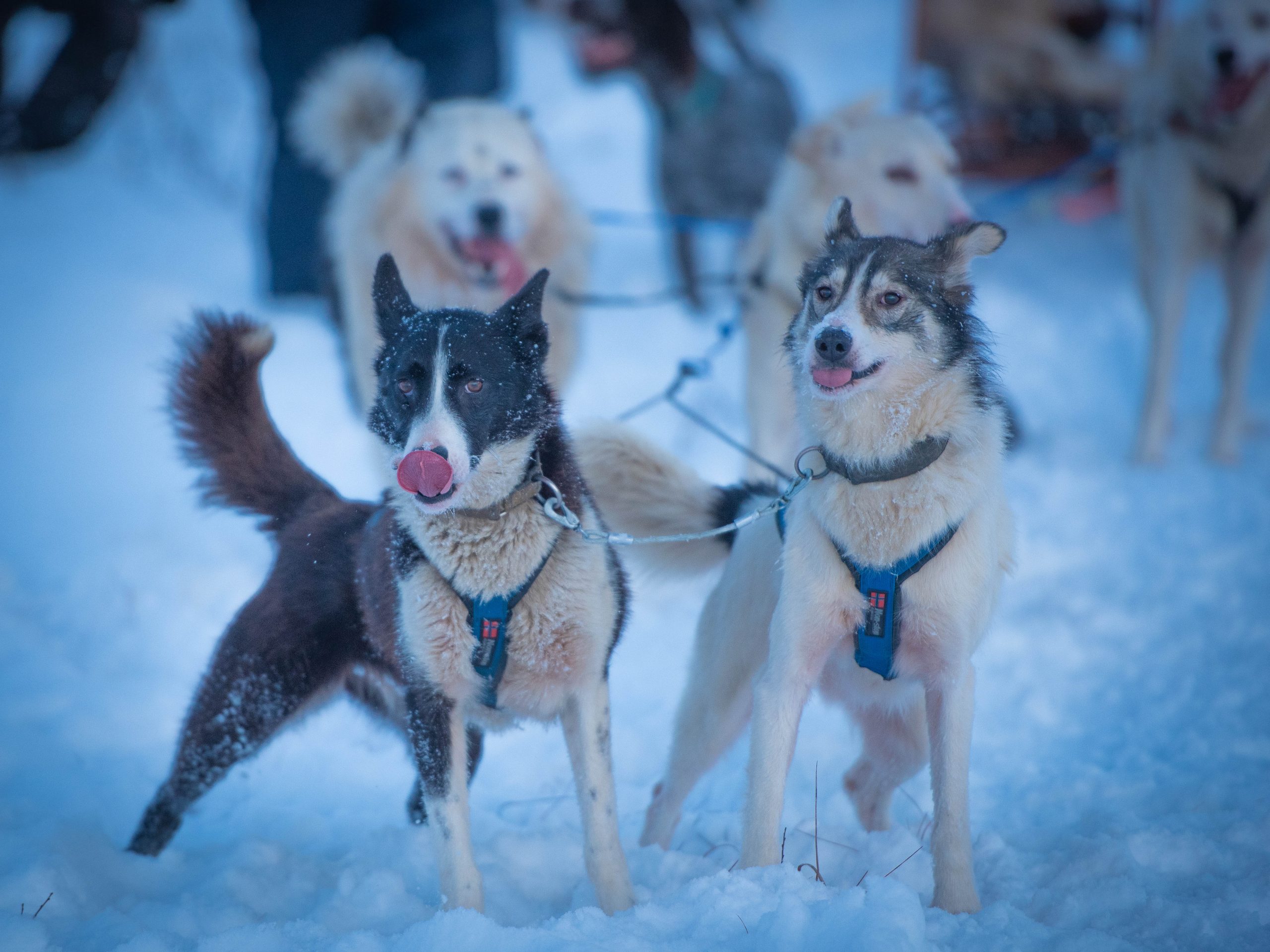How to set up a dog sledding team
By Katie Gyltnes
Our guests often ask about the structure of our dog teams and how we set them up. Who likes to run with who? Do they have a fixed position in the team? And how do we choose who are the leaders?
Here is a short explanation of how we organise our huskies and set up our dog sledding teams for each tour!
First, the equipment
Of course to go dog sledding the first thing you need is a sled! We use traditionally designed wooden sleds that are approximately 2m long and incorporate a wooden bench for the passenger to sit comfortably during the tour. The sled has two braking mechanisms, a metal fixed brake which has two spikes underneath for gripping deep into the snow and ice, and a flat ‘mattress brake’, which is a softer brake for gently adding tension and slowing the team down on loose snow.
Attached to the sled is the gangline. The gangline attaches the dogs to the sled. It is made of high tension bearing wire, covered with protective plastic. Along the gangline there are tug lines (or back lines) and neck lines attached. The tug line fastens to the back of the dogs harness, and the neck line fastens to their collar. The dogs run in pairs, so there are always two tug lines and two necklines attached to each section.
Depending on how many dogs you will have in your team, you can add in sections of gangline or remove them.
Tuglines and necklines are made of rope, and sometimes an over excited dog may chew on them so it is always a good idea for the guide to have a few spares in their pocket!
Each sled has a release rope and our guides also carry an anchor. The release rope is just used at the very start and end of the trip to securely attach the sled to a pole before we are ready to leave and when we return. Out on the trail, the guide will use their anchor to secure their team whilst helping out a guest on the sled, or stopping to take photos.
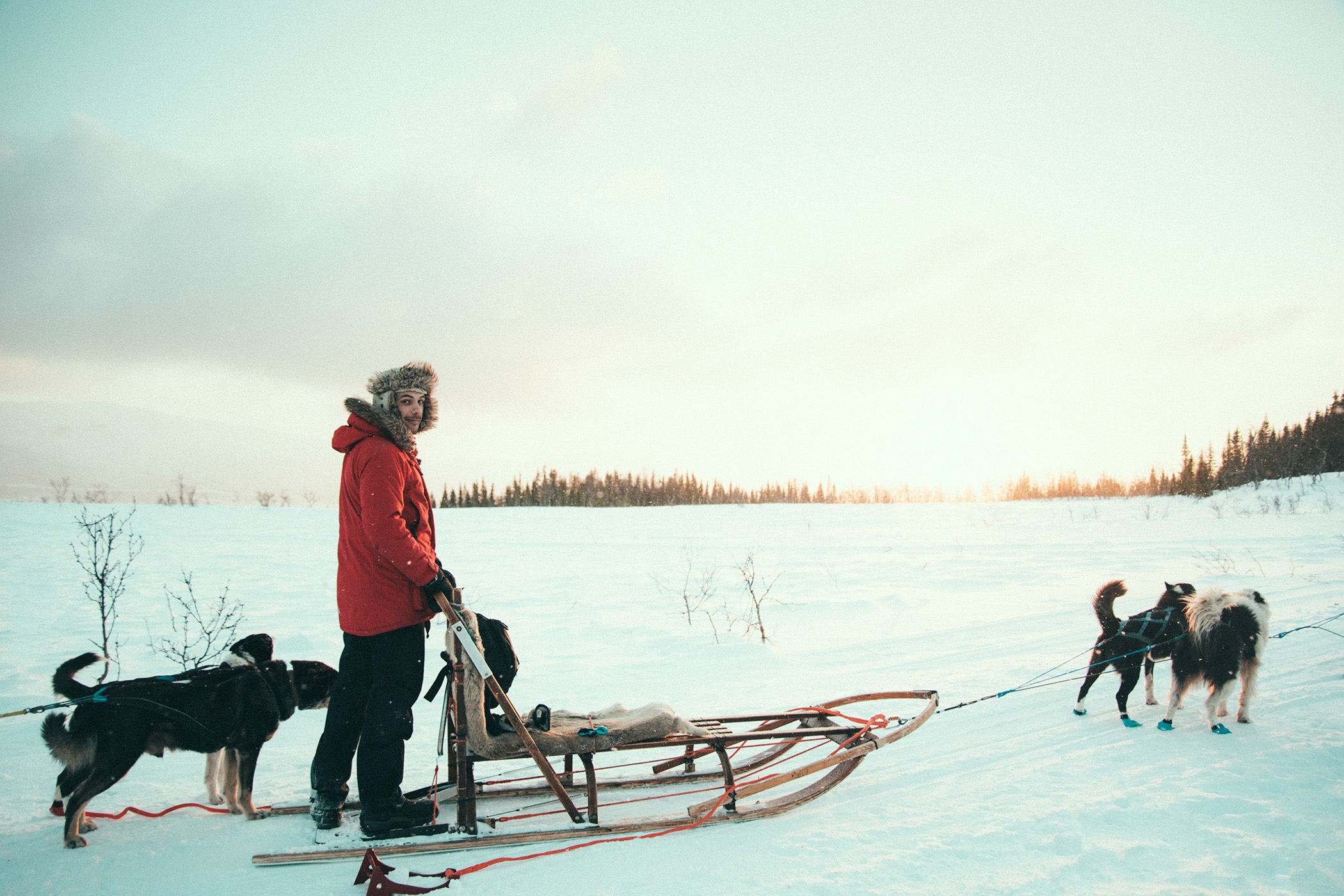
Now for the dogs!
On a normal sledding adventure guests will usually have a team of 6 dogs and your guide will have a team of 8 dogs: Lead dogs, swing (or point) dogs, team dogs and wheel dogs.
- The first dogs we hook up to the gangline are the lead dogs
From a very young age, even on short hiking trips with a pack of puppies running around our feet, we begin to ‘train’ potential leaders. Using the voice commands left and right (‘høyre’ and ‘venstre’ in norwegian) the puppies become used to listening out for these words and watch how their mothers respond. Then as teenagers getting their first taste of pulling a sled, we pair them up with an experienced adult who will ‘show them the ropes’. This way they quickly pick up on the commands and what is expected of them.
When we place the two leaders in the team they learn to hold their position and keep the gangline tight, so that when we add in the rest of their team mates they are not going off on a mini-adventure sniffing around and getting tangled.
Leaders must be focused, smart and confident.
When sledding on longer trips, it is a good idea to have several leaders in your team, so you can swap them in and out of the leader position to give them a break.
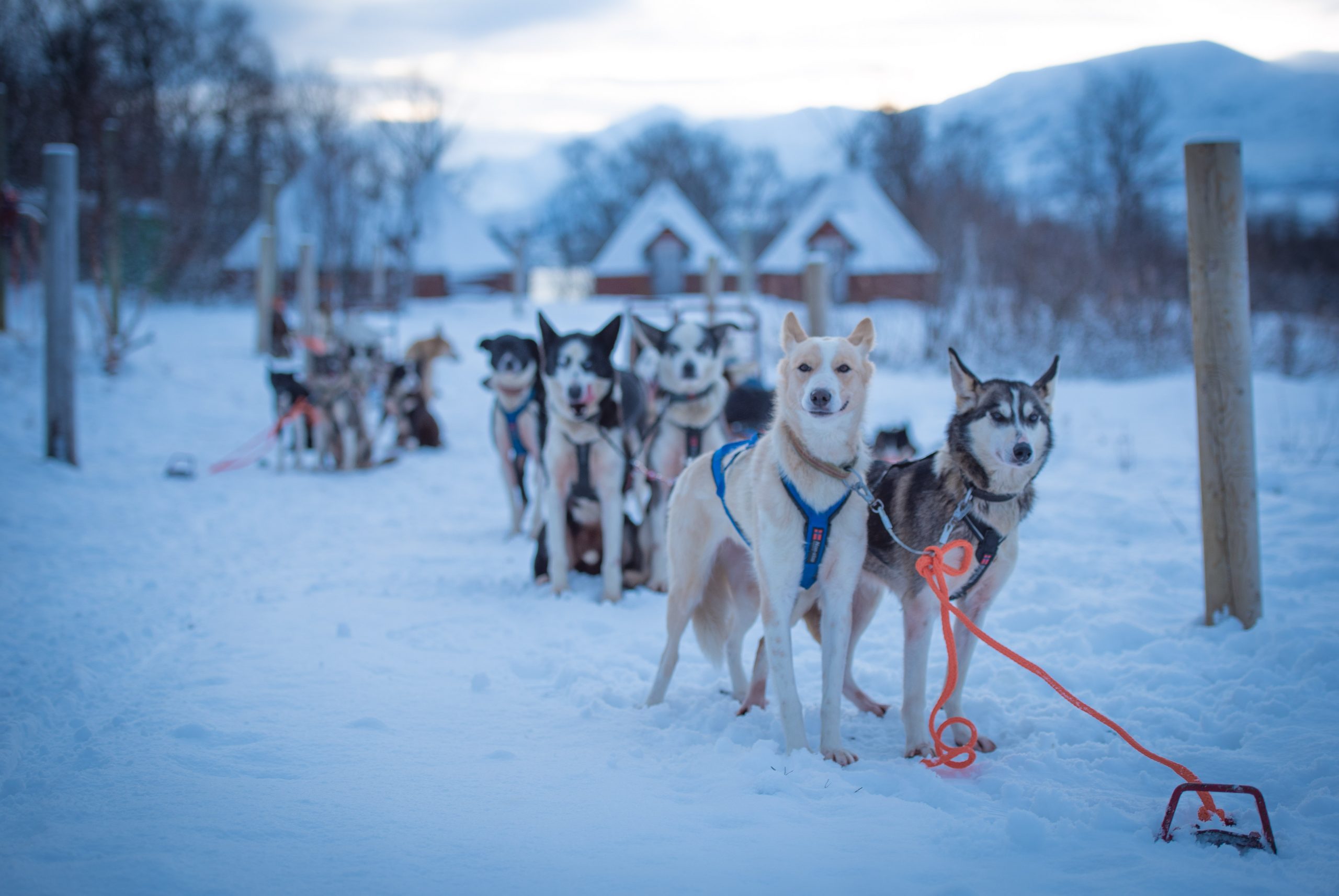
- Next in the team are the swing (or point) dogs
The swing dogs are next in line directly behind the leaders. Often these dogs will also be leaders, so you can easily swap them around if you are going long distances. Some lead dogs are better suited to technical trails, or certain conditions.
The role of the swing dogs is to also help steer the team and keep the sled on the trail around corners.
Swing dogs can be male, female, old and young. As long as they are consistent in following the lead dogs in front and not cutting the corners, then they are doing their job well.
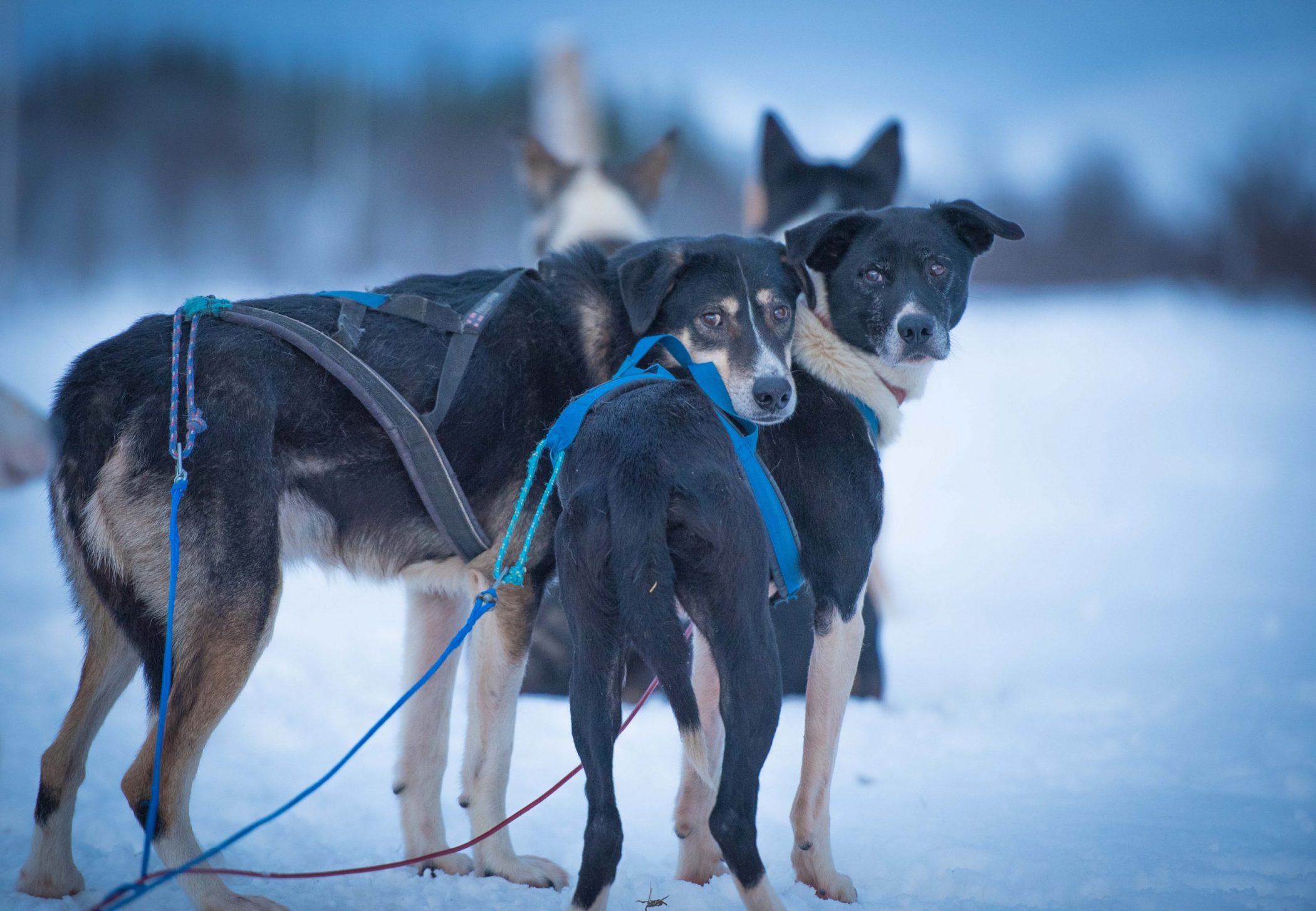
- Then add some power… the team dogs
You can have as many team dogs as you want to set up a dog sledding team. Do you have the experience and confidence to run 12, 14 or 16 dogs? What are the conditions on the trail?
The team dogs are the power houses. They can pull between 150 and 200kg (including the sled, any supplies or passengers and of course the musher!)
Remember, your dog team is only as fast as its slowest member. We always try to balance out the team dogs to make sure that all teams are equally strong and fast.
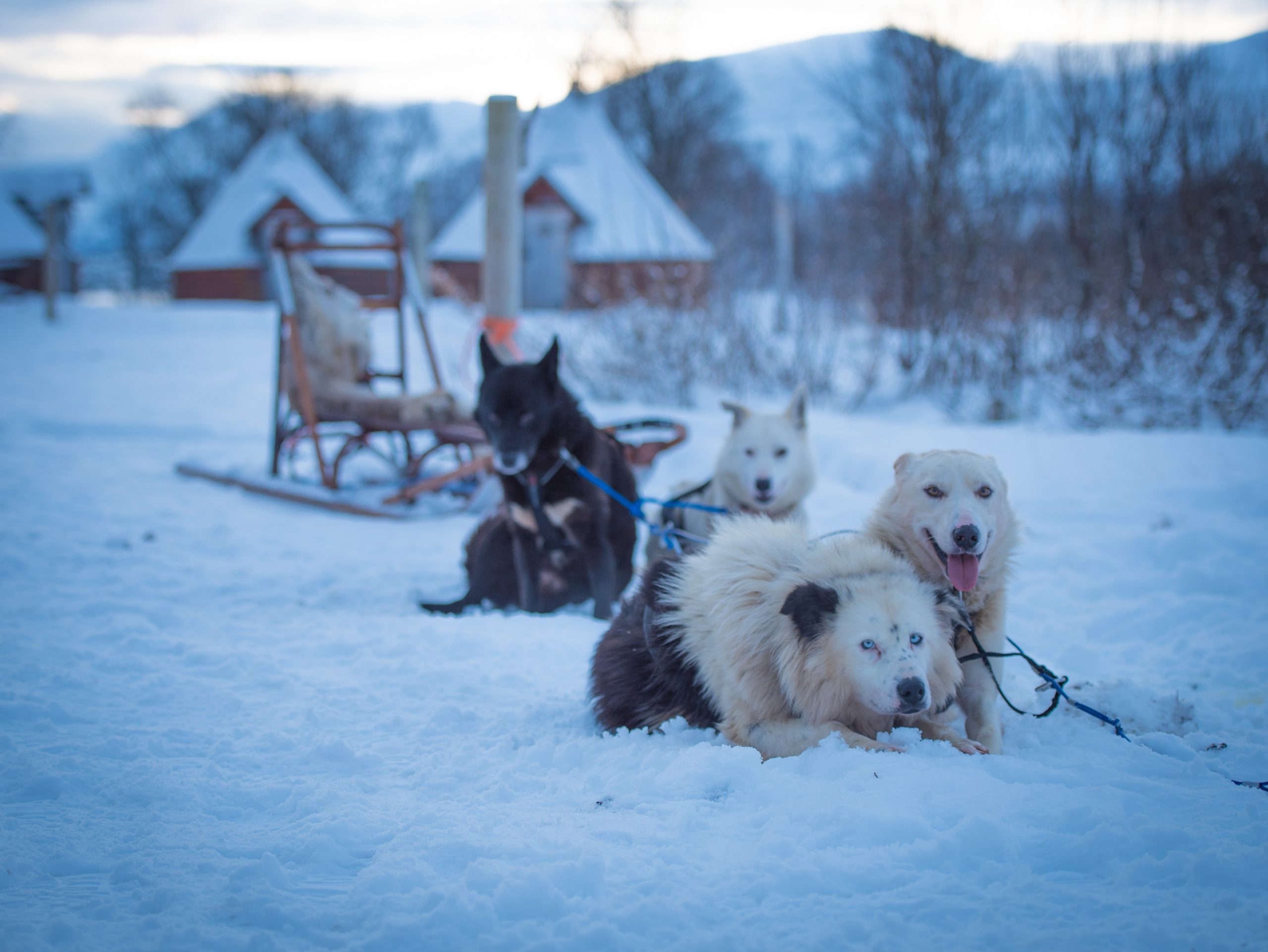
- Right in the back, meet the wheel dogs
The wheel dogs are usually a pair of super strong boys. Positioned right at the back and closest to the sled, these guys are the turbo chargers of the team. These dogs take the first big pull of the sled when it gets moving.
Wheel dogs must be confident and used to hearing the sound of the sled behind them.
They don’t have to be the biggest, but they must be strong and agile to cross over the gangline on sharp turns. They must listen to ‘steady’ (‘rolig’ in norwegian) and ‘stop’ (‘stå’ in norwegain) commands to save their energy.
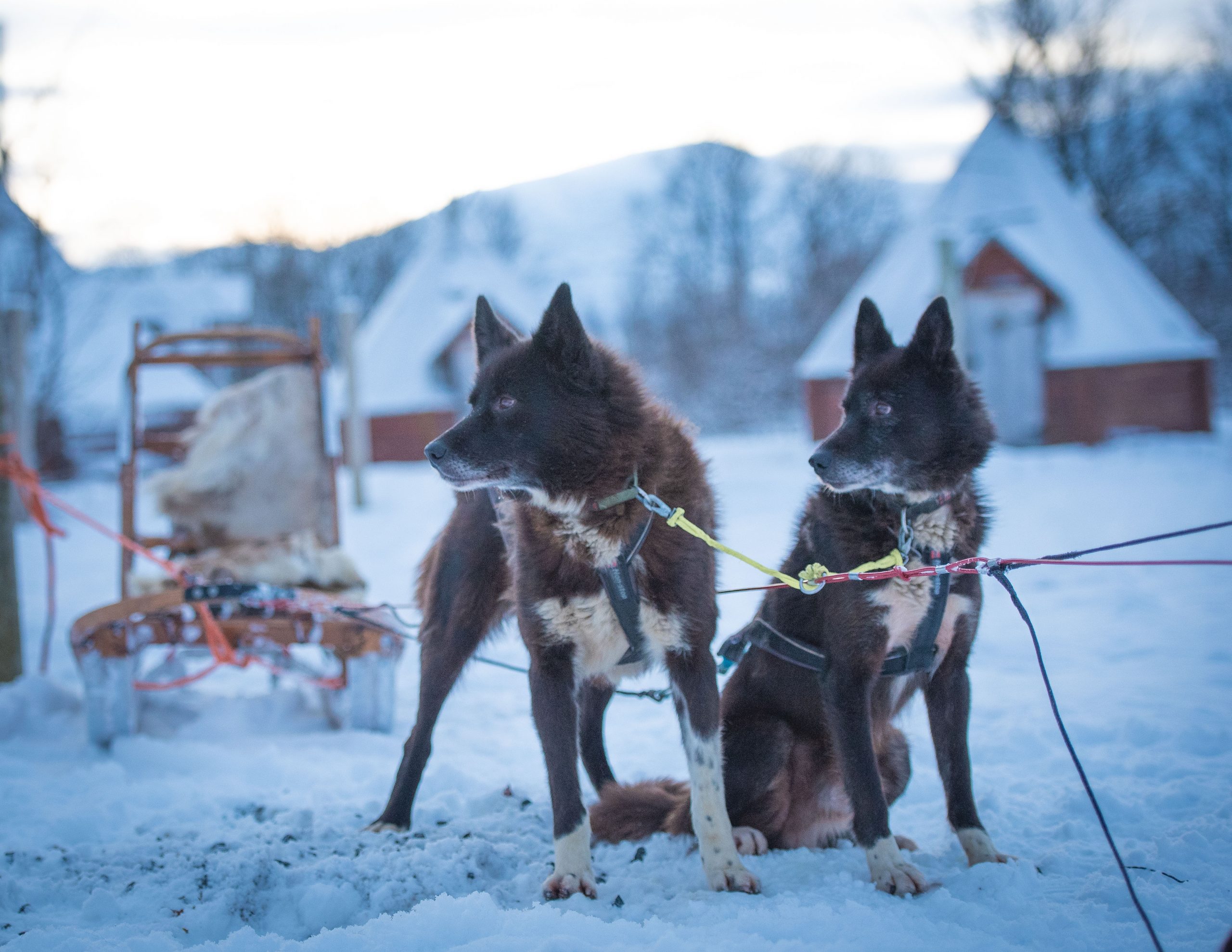
So, now you know how to set up a dog sledding team!
We do not always use the same pairs of dogs, sometimes we like to mix it up. It is important that most of the dogs are happy to run together. Of course some individuals do not like others, but when you know your dogs well this can be easily managed. When the females are in heat, then we have to re-think the teams and make sure that no accidents can happen!
We always match our youngsters with older more experienced dogs. And of course, as the smarter sex, most of our leaders are females..!
